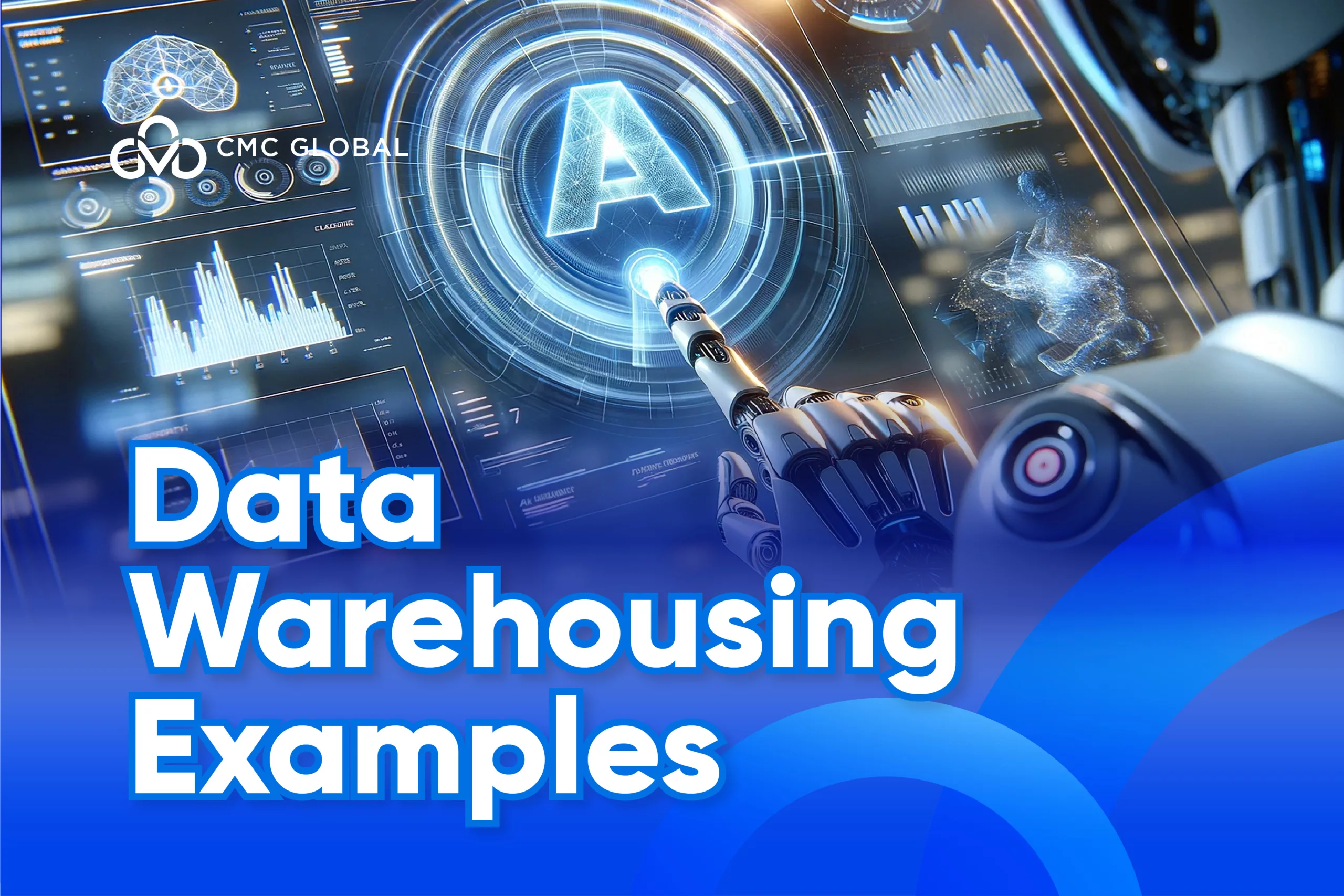Welcome to our guide on developing a cloud-based app! In this blog, we’ll walk you through the essential steps to create a robust and scalable application in the cloud. Whether you’re a seasoned developer or just starting out, you’ll find practical tips, tools, and best practices to bring your app from concept to deployment quickly and efficiently. Join us as we explore the latest technologies and strategies to help you build a cloud-based app in record time.
8 Steps To Build A Cloud-based App
Step 1. Set Goals for Building a Cloud Application
Before starting software development, it’s essential to align stakeholders and developers with business goals. This alignment occurs during the discovery phase.
Businesses often invest in cloud application development for various reasons:
– To automate workflows;
– To obtain centralized, easily accessible, and manageable data storage;
– To enhance team communication;
– To improve reporting and analytics;
– To facilitate better data exchange between different systems.
During this phase, the development team engages with the client to understand their vision, goals, and desired outcomes. Using this information, they assess the project’s complexity and scope, estimate development costs, and identify potential challenges.
They also set development priorities. For instance, if a quick market launch is needed, they may recommend building a Minimum Viable Product (MVP) first.
Step 2. Select a Development Team
When hiring cloud application developers, you have three primary options: hiring freelancers, creating an in-house team, or outsourcing to a reputable software development company.
Refer to the table below for a quick comparison of these engagement models.
| In-house Development | Outsourcing | |
| Control & Oversight | High | Variable |
| Costs | Potentially higher | Potentially lower |
| Communication | Direct & Immediate | May require effort |
| Scalability | Moderate (Hiring process) | High |
| Project Duration | Well-suited for long-term | Variable |
| Risk Management | Direct Control | Shared responsibility |
| Expertise & Innovation | Customized to company needs | Access to diverse expertise |
It’s crucial to understand that cloud application development is an ongoing process. Regular updates are necessary to keep the product relevant in the ever-evolving technological landscape. As your business grows, you might also need to expand its functionality. Therefore, ensure that your cloud application development company can provide the necessary services on demand.
Below are some questions to evaluate a potential cloud software development partner:
– Can you provide examples of similar projects you’ve worked on in the past?
– Have you worked with the specific tools and services relevant to our project?
– What cloud application development platforms and technologies are you proficient in?
– How do you address security concerns in cloud development?
– How do you design and implement solutions to ensure scalability in cloud applications?
– What kind of support and maintenance services do you offer post-launch?
– Who will be the key members of the development team working on our project, and what is their experience?
– How do you communicate progress and updates during the development process?
– How do you handle changes in project requirements or scope?
Also read: Mastering Cloud Application Development: Your Comprehensive A-Z Guide
Step 3. Identify Features for the Future Cloud Application
When planning the features of your cloud application, consider some elements that ensure an effective user experience:
– Cross-platform accessibility: Allow users to access the application from their preferred devices.
– Security features: Implement user login and access control to ensure only authorized users interact with the application and protect user data.
– Realtime collaboration tools: Include chat, live comments, and co-editing capabilities for multiple users to collaborate on shared documents, projects, or data in real time.
– Notifications and alerts: Keep users informed about important updates or events.
– Scalability: Ensure the application can handle tasks regardless of the number of users.
Step 4. Design the Cloud Application’s Architecture
Depending on your project’s requirements, there are various ways to organize components in a cloud-based application. Here are the four most common types of cloud application architecture:
– Monolithic architecture: The application is created as a single, tightly integrated unit where all components are interconnected and dependent on each other. It’s easy to build but may have limited scalability and can be challenging to update.
– Microservices architecture: The application is divided into small, independent services, each with its own functionality, communicating through APIs. This approach offers flexibility and high scalability but may encounter performance issues due to increased complexity.
– Serverless architecture (Function as a Service—FaaS): The application is built using small, event-triggered functions that run in a serverless environment. Serverless applications are flexible and cost-effective but not suitable for resource-intensive tasks.
– Hybrid cloud architecture: This combines on-premises infrastructure with public and/or private cloud resources, providing a highly flexible application. However, hybrid cloud software may face integration challenges and security issues.
Step 5. Select the Tech Stack
Choosing the right tech stack involves considering various factors, such as project scope, scalability requirements, the number and type of integrations, and safety concerns.
There’s no one-size-fits-all solution; each team makes their choice based on their expertise and available resources. Let’s explore some of the most popular tech stack options for cloud-based app development:
| Programming languages | Java, Python, Node.js, Ruby, .NET, Go, PHP, TypeScript
|
| Databases | MySQL, PostgreSQL, MongoDB, Amazon RDS, Cosmos DB, Firestore, Firebase Realtime Database |
| Frameworks | Spring Boot, Django, Flask, Express.js, .NET Core, Ruby on Rails, Angular, React, Vue.js |
| Containers and orchestration | Docker, Kubernetes, OpenShift, Amazon ECS |
| Frontend | React, Angular, Vue.js, Bootstrap, Materialize, Tailwind CSS |
Step 6. Design the Application
The specifics of your cloud application’s UI depend on your preferences and those of your target audience. However, there are some general recommendations to keep in mind when working with your UI/UX design services provider:
– Responsive design: Ensure the cloud-based software offers a consistent experience across various platforms and OS versions. The design should adapt seamlessly to different screen sizes and devices.
– Intuitive navigation: Users should easily navigate through different sections and features of the application. Utilize common navigation patterns to provide a familiar experience, reducing the learning curve for users.
– Adaptability to dark mode: Many users prefer the option to switch between light and dark modes for better visibility and reduced eye strain. Design the UI to adapt to dark mode preferences and align with the user’s system settings.
– Scalability: Plan for the growth of your application and the addition of new features over time. Design the UI to scale gracefully, ensuring the application remains efficient as it evolves.
Step 7. Develop and Test the Cloud-Based App
Cloud solutions are typically developed using Agile or DevOps approaches, depending on the development team’s preferences, project requirements, and organizational culture.
Here’s a brief overview of each approach:
Agile Development
Agile emphasizes iterative and incremental development. Work is organized into short, time-boxed iterations called sprints, usually lasting two to four weeks. Features are prioritized based on business value, and a potentially shippable product increment is delivered at the end of each sprint. Testing is integrated into each sprint, with continuous testing throughout the development cycle.
Specifics:
– Agile relies heavily on communication and collaboration. Ensure your team has effective collaboration tools and communication practices.
– Agile accommodates changing requirements, making it crucial for stakeholders to be constantly available for feedback.
DevOps Methodology
DevOps aims to break down silos between development and operations teams, fostering collaboration throughout the entire development lifecycle. Continuous integration, continuous delivery (CI/CD), and automation play crucial roles in DevOps practices. DevOps promotes continuous testing to ensure code changes are automatically tested throughout the development pipeline.
Specifics:
– DevOps requires a cultural shift within organizations. Teams need to embrace collaboration, automation, and shared responsibility. Training, workshops, and leadership support can aid in this transition.
– Implementing various tools for CI/CD, testing, and monitoring can lead to integration challenges. It’s crucial to choose compatible development tools and define clear processes for tool integration.
Step 8. Launch and Maintain
The market is dynamic, with evolving user needs and emerging technologies, necessitating ongoing maintenance for your cloud application. Key areas of focus include:
– Security updates and patches: Regular updates to protect user data from evolving threats.
– Performance optimization: Ensuring the application remains responsive and scalable to meet evolving user demands.
– Scalability adjustments: Adapting to fluctuating user traffic and the growth of the application.
– Technology updates: Updating the technology stack, frameworks, and libraries used in the application to incorporate new versions and improvements.
Work With an Experienced Cloud App Development Partner
With the assistance of app improvement services, businesses across various industries can now develop cloud-based applications. At CMC Global, we specialize in developing cloud applications for companies in numerous industries, guiding our clients in comprehending their enterprise models and optimizing cloud usage for goal maximization.
Using DevOps best practices, we’re ready to support your Cloud app development project, ensuring security and timeliness. Contact us for a free consultation to explore how our software development services can rework your thoughts into fact.





